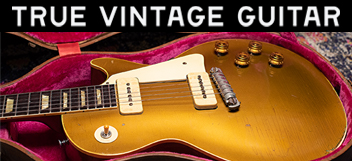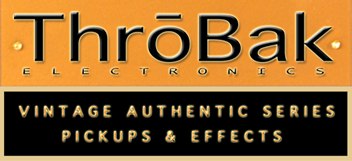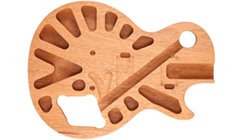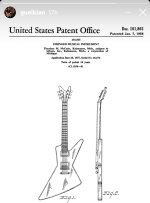El Gringo
Well-known member
- Joined
- Apr 8, 2015
- Messages
- 5,782
I think the folks voting with there wallets $ would disagree with you . Plus a corporation such as Gibson knows a thing or two about there business model and would not invest time and money in a campaign that isn't bearing the fruits (not just the low lying ones also )Hi Matt,
Ive purchased a couple of new (2020-2022) VOS aged Gibsons and would like to ask about the technique used to age the pickup covers and to raise the question: is the aging department going too fast?
Is anyone making sure that the technics employed to get the desired effects of aging, are not watered down by a quest to turn out the most product in the least amount of time?
So many people have worked so hard to get the great Les Paul specs back to their former glory that it seems a shame to go with aging technics not of the same quality.
Gibson finally got the necks calibrated to correct specs, likewise body carve. Hyde glue. Redone knobs, pu rings, finish etc. Everyone obviously putting in a lot of hard work to get the specs right.
I understand that custom shop has re-designed bridges coming. Great! We’re on our way! And Im sure everyone has and is working their hardest and striving for the best results. Excellent.
So why allow aging techniques that are clearly not on par with the other upgrades Gibson has been doing? It seems like Gibson sometimes takes two steps forward and one step back.
In 2015 when the new pickup covers debut, I thought they were perfect. Time would add the patina I wanted. Time would oxidize the shine like real ones in the old days. The dullness of the corner edges shape, the screw holes, the nickel are all perfect and amazing.
Now, it seems, to achieve some sort of “aged” look, a chemical looks to be brushed on to deteriorate the nickel. To my eyes and experience, it looks like nothing I’ve seen commonly in the wild.
I ”get“ the look Gibson is trying to achieve, but it is permanent and it’s not very convincing. Most old nickel covers may be scratched, but they aren’t chemically etched.
Which leads me to the headstock aging of the Murphy Lab ultra-aged Les Pauls. I don’t own one, but when I shop for one I notice the incredibly obvious sand paper marks used to age/reduce the les Paul decal. I have to ask myself that if it can so obviously be seen, why doesn’t QC not take a break and re-exam their process? The aging needs to stay on par with all the other upgrades being done at the custom shop. Like they say, you‘re only as good as your weakest link. And right now, the aging is your weakest link.
I think Gibson needs to slow down and get some unbiased inspection. There is a difference between natural aging and aging something to where it looks like a movie prop. Subtle not loud. Thanks for checking in here. I appreciate your time.







